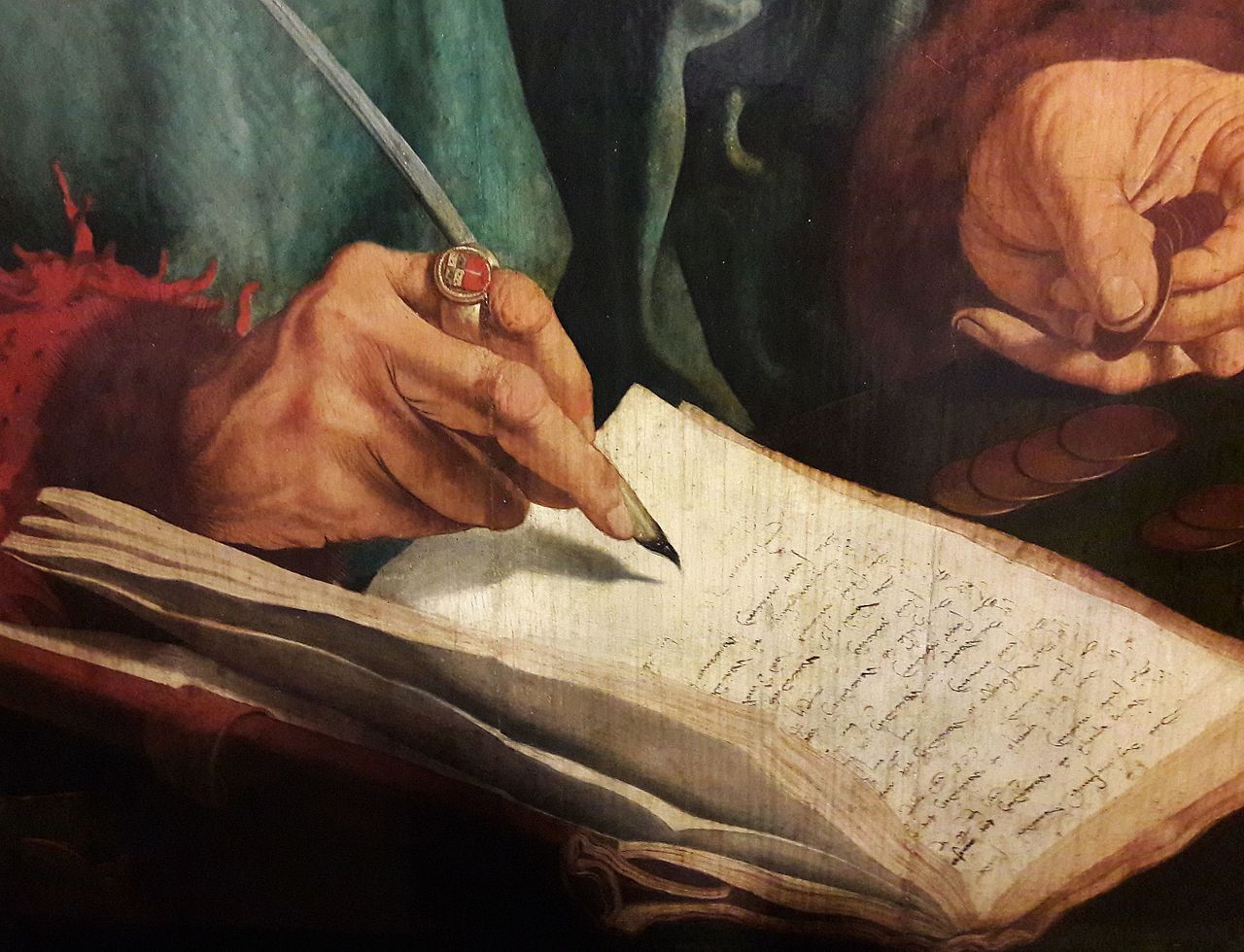I really don’t remember what I was thinking about when I wrote this, but it’s interesting to consider it as a rougher version of the geasa I outlined recently. I like to think I leave myself more context clues these days.
Recovered: Contract Races
The standard non-human races work well for a high-fantasy and high-magic setting, but I have trouble explaining them in settings with fewer deities. On the other hand, I do feel that these races can add to a setting and I have players who like them.
 Image source: Wikimedia Commons
Image source: Wikimedia Commons
This is the compromise I’m considering: the two major races are humans and halflings. But during the events of a great cataclysm, some groups entered into contracts with greater powers, in which they were granted certain abilities in exchange for fealty to those powers. The arrangements I made for my setting are as follows, but they are somewhat specific, and the idea is not limited to these.
The Dragons
Contracts with the dragons are some of the oldest, perhaps the first. Consequently these contracts more completely change the races they are with: the lizardfolk and kobolds. These races bore the brunt of the cataclysm and are very rarely still found, lizardfolk retreating to the swamps to gather around their remaining draconic lords, and kobolds moving ever deeper underground towards the unknown.
The Elemental Parliament
The elemental parliament remains distant and makes few contracts, but contracted halflings become dwarves. It is unknown however, what contracted humans might become.
The True Fey
Contracts with the true fey are responsible for creating elves and gnomes from human and halfling stock, respectively. They are by far the most numerous of the contracted races, and frequently live alongside their benefactors.
The Envious (Aberrations)
A twisted form of contract magic, the Envious could transform unwilling captives into hobgoblins, regardless of race. Since their masters departed, the remaining hobgoblin armies war with each other eternally in the lands to the East.
The Fallen
Generally, breaking a contract is unthinkable, and results in a quick death. However the capricious nature of the true fey can dictate a stronger punishment, and those who break oaths to them are sometimes transformed from elves and gnomes into orcs and goblins, cursed to have no masters.
Signing a Contract
There are only a few contracts for each race, and they usually remain in the custody of the granting powers. Signing a contract is not an affair to be undertaken lightly, and adding one’s signature is often a rite of passage in societies of contracted races. Consequently, there are few “pure” contracted societies, as children and those not bold enough to sign still exist as humans and halflings (or something like them).
The signatory of a contract to a greater power must be human or halfling. He or she forfeits all saves made against his or her granting power and in exchange gains all the traits of the race he or she has become. He or she may necessarily lose traits he or she already possesses.
It should be noted that saves are only forfeit against official representatives of the contract. For example, a dwarf does not forfeit all saves against elementals, only elementals who currently possess his or her contract, or direct agents thereof.
Half-Breeds
Half-breeds don’t really make sense in this system, but could be considered as the un-contracted offspring of contracted races. Because orcs have no contract, all second-generation orcs are half-orcs.
This post was first shared on July 28, 2012.